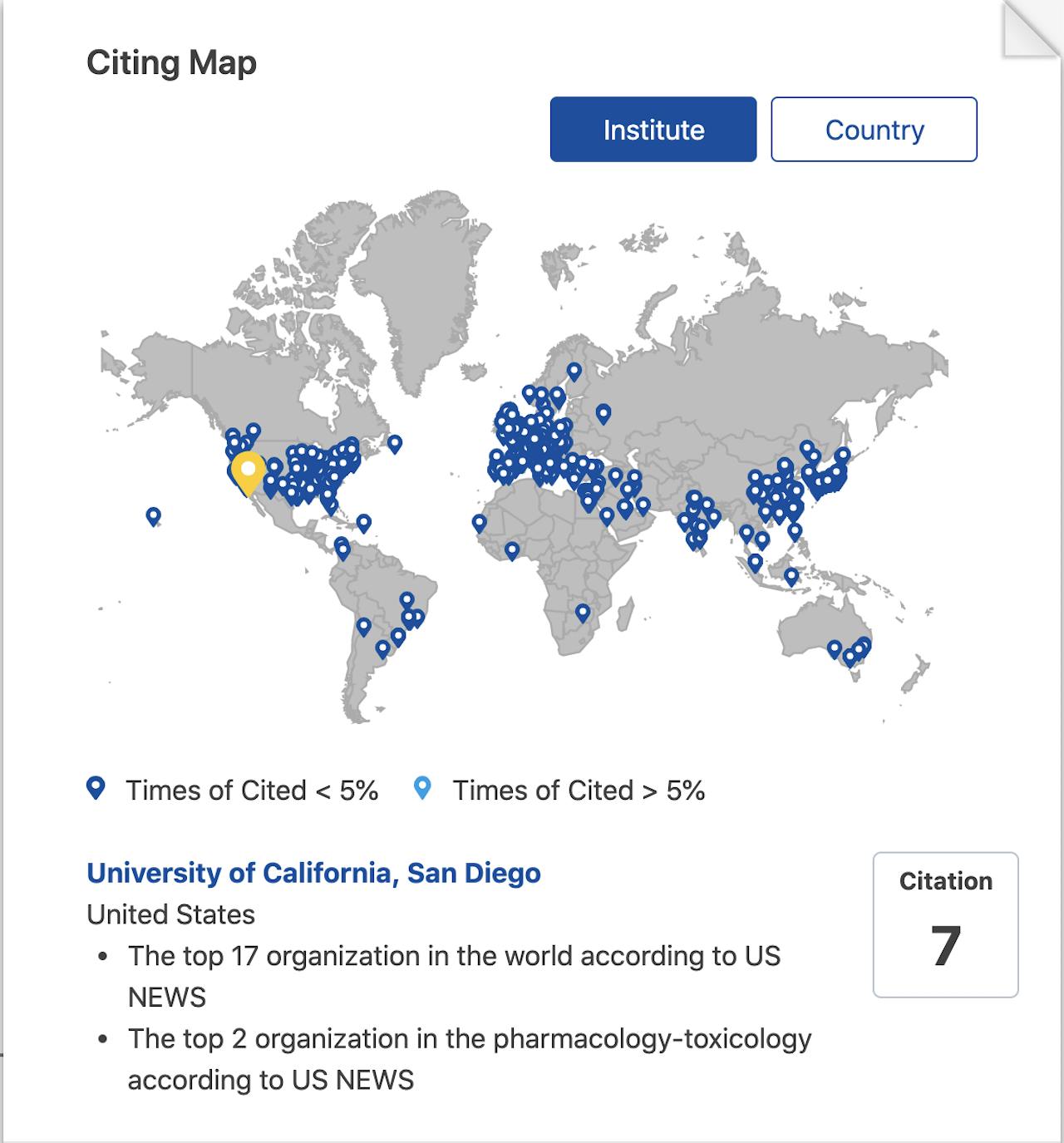Google Scholar has long been a resource for students and academics alike to assist in finding good articles to use for research purposes. The main draw of Google Scholar is to find PDF links to articles and the proper citations for the writers of the article and the guiding institution that helped in the publication process.
For this reason, Google Scholar can be advantageous to use when researchers need to quickly cite something. They can of course go into more depth and read entire articles, but being able to collect many sources in a short amount of time, while staying organized, is a major utility of Scholar.
Impactio is a much newer service for researchers and academics and has some promising features that compete with services like Google Scholar. Impactio differs from Google Scholar because it is more organized and comprehensive in terms of showing the laboratories that researchers are a part of, their exact research interests and also the analytics section of researchers profiles that let us know how many articles they have published, and the universities and regions of the world where such interests have taken hold.
In this way, Impactio’s user experience is much different than Google Scholar and is more personable—as sometimes when using Scholar, users don’t really get a real sense of who the researchers or academics are who are publishing material. There is of course their university or guiding institution listed in the citation, but it doesn’t have the same effect. For better or worse, students and academics alike are looking for content and excerpts when they use Scholar, but not the development or experience of the professional behind it (or their associated circles of influence).
Impactio’s data analytics, user profiles, and laboratory setting
By contrast, the user profiles on Impactio is one of the main strengths of this online research and data analytics hub. The profiles section gives users the opportunity to include a “Summary” section, which operates in much of the same vein as creating a “Profile” section of a LinkedIn profile. This allows users to not only showcase their university affiliation, but also take a much more personalized and targeted approach to creating a profile and sharing their research interests with a broader community. Users can say what they want about how they are connected to a research field on Impactio, but scholars don’t have such capabilities on Google Scholar.
The laboratory setting is another feature of Impactio that sets it apart from Scholar, linking a laboratory that a researcher is in some way “connected with”, and their research interests. This feature makes linking institutions and their specializations a convenience, and something that takes more time and effort on sites like Google Scholar. Indeed, researchers on Impactio labs can post the titles of their papers, the journal it is featured in, the year published, and also a Text description of what the piece is about. This is in addition to the Metrics that more or less showcase an academics reputability in a subject matter.
How Impactio is geared toward graduate students and young professionals
To that end, there is sometimes pressure for post-graduate students to perform when it comes to finding good research articles and being able to cite sources appropriately in papers and projects. Impactio can provide a good foundation for students to understand how the research process works they are able to link academics papers via DOI, with the institution, with their own profile and relationship to the subject matter they have invested in over a long career, and so forth.
This aspect of research is crucial, because it gives students a better roadmap for understanding how to go about research in the first place. If all students do is go on Google Scholar and summarize what they have read in a few articles, or a few abstracts, it is a good way to understand and mimic concepts, but not necessarily to understand wholly what part of the world that research is coming from, and why.
Impactio gives users this capability, and academic profiles and metrics available give weight and justice to how research is being done and used around the world.
